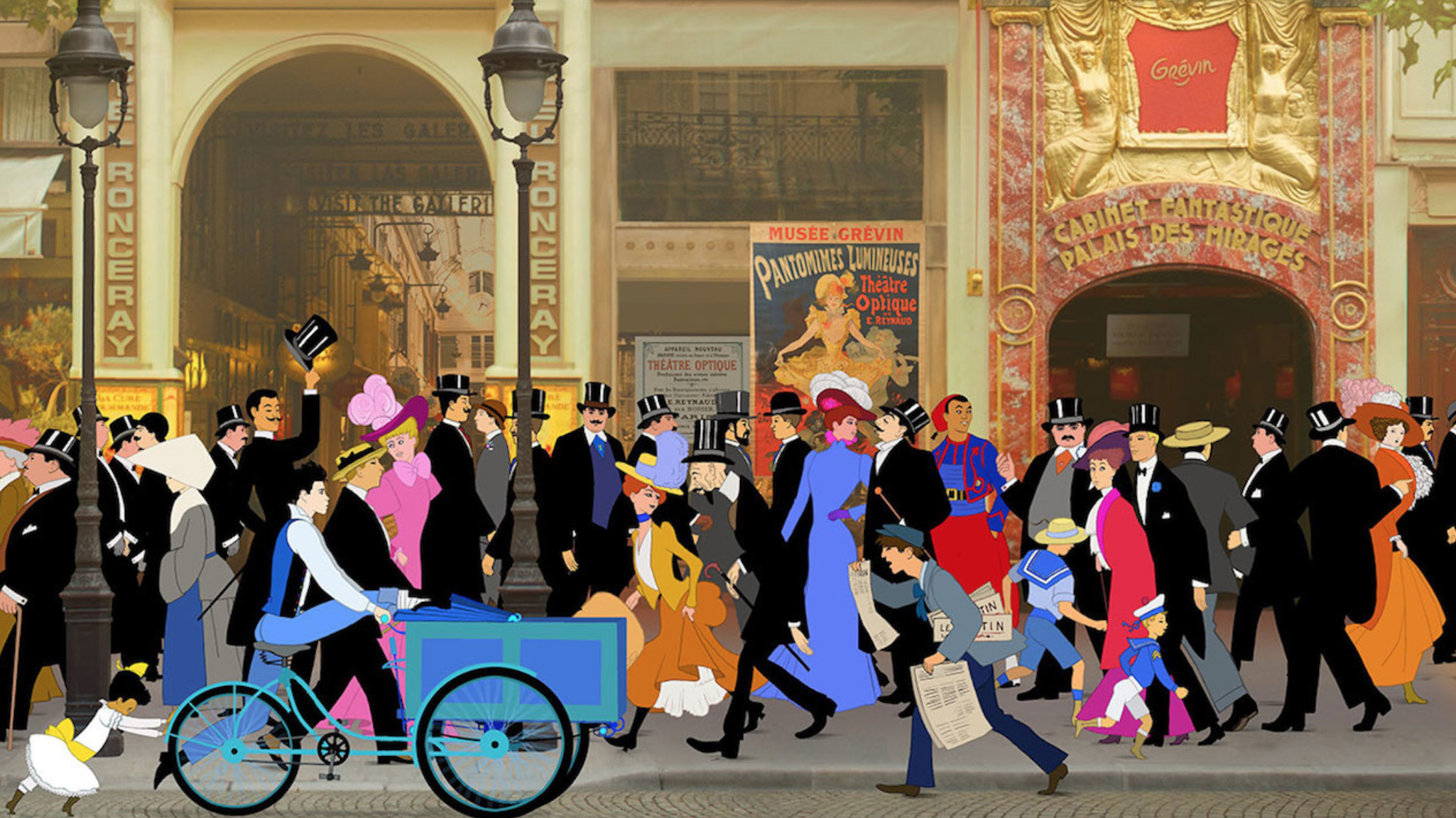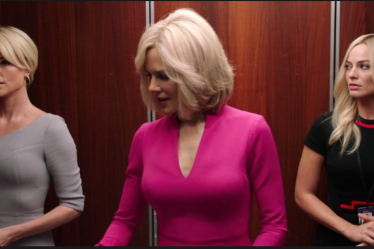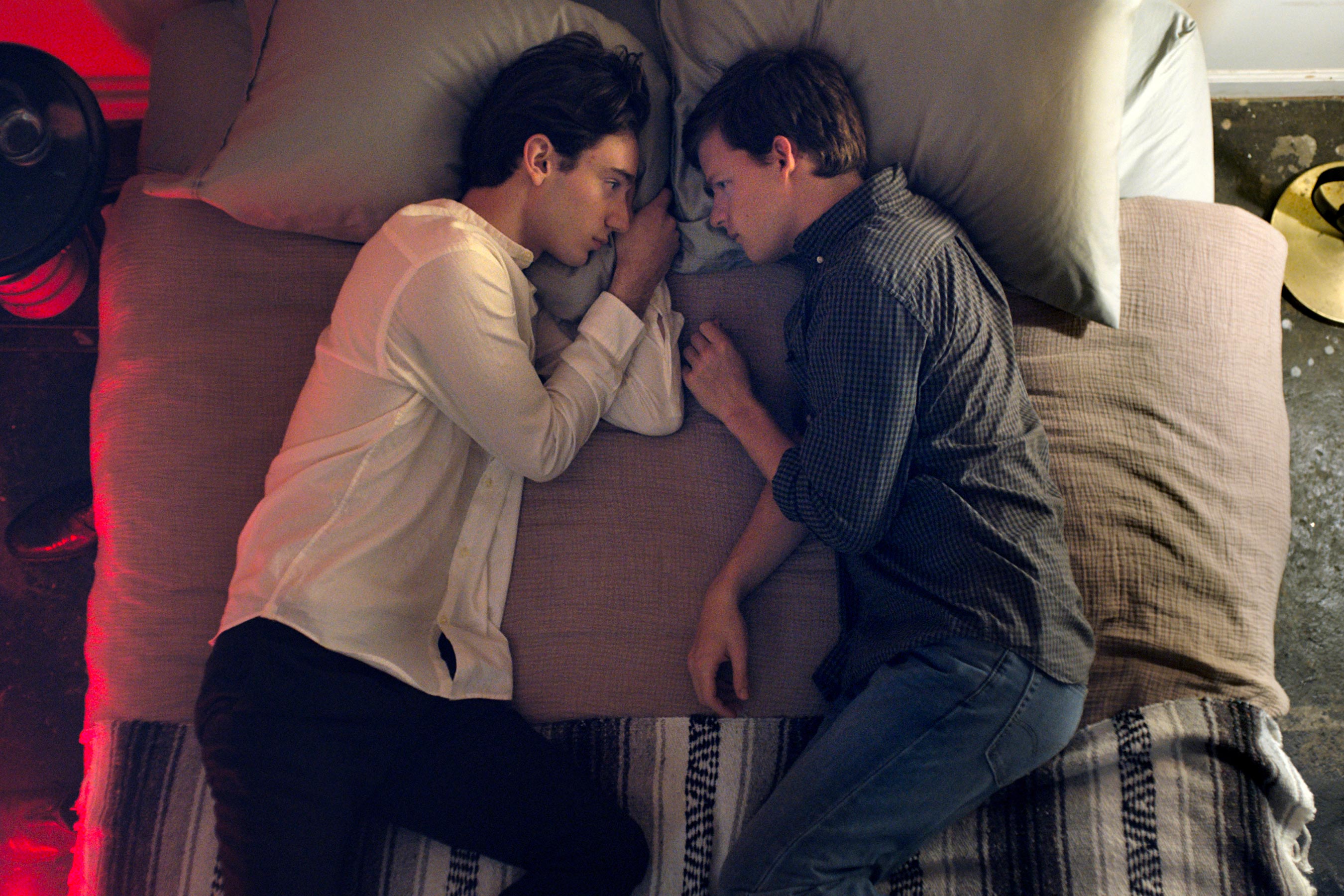
Dilili in Paris celebrates the beauty and much of the best of the Belle Epoque and the city of lights, but renowned director Michel Ocelot’s latest animated feature also examines philosophical and political subjects relating to race, class, gender, and art.
Well-spoken and filled with politesse, Dilili is a New Caledonian mixed-race Kanak child with gumption and fearlessness, and she proves to be something of a Zelig figure. Traversing Paris with her new friend Orel, a delivery boy who oddly looks as if taken straight out of an 80s Patrick Nagel illustration, Dilili encounters a wide spectrum of the famous of the time. From art, there’s Picasso, Valadon, Mucha, Rodin, Claudel and Monet. She also brushes against writer Colette, composers Satie and Debussy, and scientists Curie and Pasteur, just to name a few. Dilili and Orel, with the help of the most famous French opera singer of the time, Emma Calvé (with songs sung by the glorious French soprano Natalie Dessay), come across this list of luminaries while investigating the disappearance of young girls. They are being abducted by members of a cult, with the appropriately misogynistic name, the Male Masters, and these baddies are retraining these children to walk on all fours and, covered head to toe in black tablecloths, become their furniture.
For the complete review, go to AWFJ.org by clicking here.https://awfj.org/blog/2019/10/01/dilili-in-paris-review-by-leslie-combemale/



